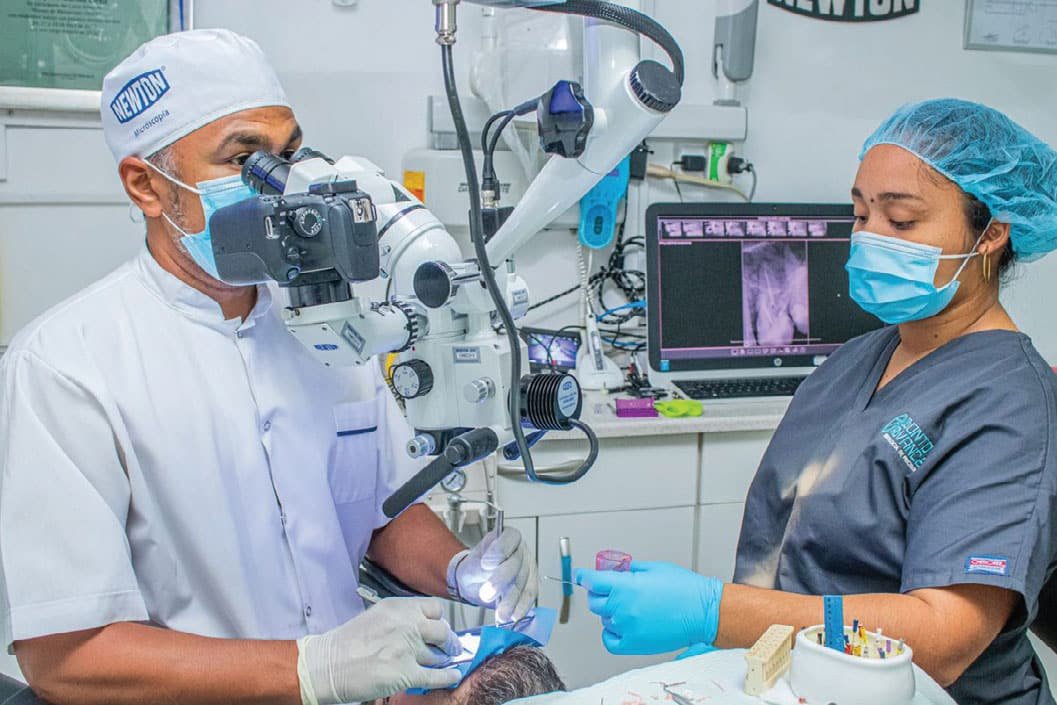The Science of Ergonomic Dentistry for Enhanced Practitioner Performance
Understanding Modern Dental Practice Challenges
Dental practitioners face unique physical demands in their daily work, requiring precise movements and sustained positions that can impact their long-term health and performance. As healthcare continues to evolve, the dentist Coorparoo and practitioners worldwide are embracing ergonomic principles to enhance their practice efficiency whilst safeguarding their wellbeing.
The Ergonomic Framework in Dentistry
Postural Considerations
Dental professionals spend considerable time in static positions, often leading to musculoskeletal strain. According to comprehensive guidelines from the World Dental Federation, maintaining neutral posture is crucial for preventing work-related disorders. This involves keeping the spine aligned, shoulders relaxed, and elbows close to the body during procedures.
Equipment Positioning
The arrangement of dental equipment plays a vital role in practitioner comfort and efficiency. Modern dental practices are designed with ergonomic principles in mind, incorporating adjustable patient chairs, delivery systems, and lighting that can be customised to suit individual practitioners’ needs.
See also: How Blockchain Is Changing the Healthcare Industry
Impact on Clinical Performance
When dental professionals implement proper ergonomic practices, they experience numerous benefits that enhance their clinical performance. Research from the American Dental Association on workplace ergonomics demonstrates that practitioners who maintain optimal positioning report:
- Reduced physical fatigue during procedures
- Enhanced precision in dental treatments
- Improved patient comfort and care delivery
- Greater career longevity
Modern Solutions for Practice Enhancement
Contemporary dental practices, including those of every dentist in Coorparoo and beyond, are incorporating innovative ergonomic solutions. These include magnification systems, ergonomically designed instruments, and adjustable seating that promotes proper posture throughout the working day. Equipment manufacturers have responded to the growing awareness of ergonomic needs by developing tools and instruments that reduce physical strain whilst maintaining clinical excellence. These advancements have transformed the way dental professionals approach their daily practice, allowing for more comfortable and sustainable working conditions.
Preventive Strategies for Practitioner Wellbeing
Movement and Exercise
Dental practitioners are encouraged to incorporate regular movement into their daily routines. This includes stretching exercises between appointments and implementing micro-breaks to prevent muscle fatigue. These practices help maintain flexibility and reduce the risk of repetitive strain injuries that can affect clinical performance.
Educational Initiatives
Professional development programmes increasingly emphasise ergonomic awareness. As highlighted in recent studies on ergonomic practices in dentistry, practitioners who receive proper training in ergonomic principles demonstrate improved posture and reduced workplace injuries.
Technology Integration for Enhanced Ergonomics
Modern dental practices are embracing technological solutions that support ergonomic practice. Digital imaging systems, intraoral cameras, and computer-aided design and manufacturing (CAD/CAM) equipment have revolutionised workflow patterns, allowing practitioners to maintain healthier working positions whilst delivering care.
Practice Design Considerations
The layout of dental surgeries plays a crucial role in supporting ergonomic practice. Key considerations include:
- Optimal positioning of equipment and supplies
- Adequate space for movement around the dental chair
- Proper lighting design to reduce eye strain
- Efficient workflow patterns that minimise unnecessary movement
Moving Forward in Dental Practice
The future of dental practice lies in the successful integration of ergonomic principles with clinical excellence. As understanding of workplace ergonomics continues to grow, dental practitioners are better equipped to maintain their health whilst providing outstanding patient care. By embracing these scientific principles and implementing them consistently, dental professionals can look forward to sustainable, rewarding careers with reduced risk of work-related health issues. The ongoing evolution of ergonomic practices in dentistry represents a significant advancement in professional practice standards. Through continued research, education, and implementation of evidence-based ergonomic principles, dental practitioners are well-positioned to maintain their physical wellbeing whilst delivering exceptional care to their patients.
Any surgical or invasive procedure carries risks. Before proceeding you should seek a second opinion from an appropriately qualified health practitioner.



